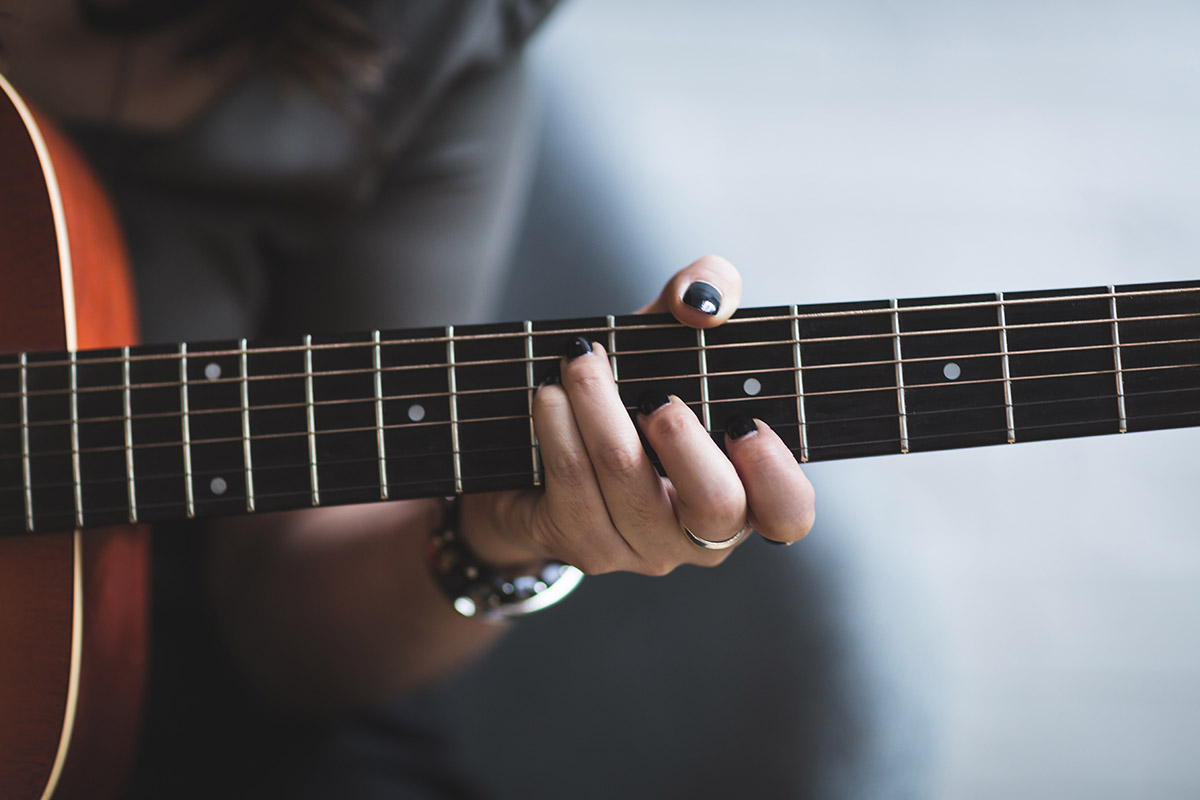Beginners Guide on How to Start Soloing on Guitar
Unlike what many would like to believe today, solos aren’t just meant to be fillers in empty spaces. There are plenty of pop songs today that defy this and hold within them a beautifully crafted solo.
And even if you’re someone who wants to play some classics, having pointers can help guide you in making significant inroads in learning how to solo on a guitar. Here are five things you can do to start soloing on a guitar.
Learn Alternate Picking
Your style of picking can heavily determine how complex a guitar solo you can play. If you are willing to stick to convenience and continue using downstrokes while picking, you would not be able to play fast and intricate solos.
Alternate picking is the method of playing downstroke-upstroke-downstroke; this helps reduce the time you need to take before you can play another note. If you opt for only downstrokes, you will need time to come back to rest before you play the next note. It makes 8th and 16th notes impossible to play.
You must take your time and learn how to alternate pick with comfort. As soon as you have learned that, you will be faster and more efficient at learning different solos and playing them independently. Not only that, but it’ll also help when you’re building a guitar solo all on your own.
Move all over the neck of your guitar
Practicing playing solos comes with the practice of being able to play a note on the 1st fret of the 1st string and moving to the 5th note on the 4th string. Your hands must glide over the fretboard but also grip tight enough from the back so that every note you play is crystal clear. Otherwise, you will end up with a numbed sound that will break the flow of your solo.
While playing a note, you want to hover all your fingers, except the thumb, over the fretboard. The thumb will grip the back of the neck and help move your hand from one end of the neck to the other.
You can practice finding the balance of the right grip by moving playing different notes. These need not sound good but should help you handle picking better. Try playing blues or essential jazz if you’re a beginner. If you have some experience playing guitar solos, you can try some rock songs or go for more intricate blues. As you continue practicing, you will be able to train your hand to move swiftly over the fretboard.
Soloing on guitar: listen to beats and rhythms
Listening to different genres and artists can really fuel your growth as a guitar soloist. While practicing on the guitar is important, listening to beats and rhythms can help train your ear and mind to create music in your head involuntarily. There will come a time when you would be able to create an entire solo after you’ve been given a key and scale. That’s exactly what you want to aim for as a guitar soloist.
You can start using the jam track for practice. First, listen to the number of beats in the song and the rhythm of the song. Find tracks that use half or whole notes when you are starting. This will make counting beats easier. You can go for more complex tracks with time.
As soon as you feel like you have some sense of how the track goes, start jamming with it. You would not nail it right off the bat, but you will be a lot more efficient at picking it up. Keep practicing, and you’ll be able to play the whole track.
Learn the Pentatonic Scale
The pentatonic scale is essential for any guitar soloist. This scale has only five notes in the octave and has two variations:
- The major pentatonic scale
- The minor pentatonic scale
The difference between the two is that the major pentatonic scale does not include the 4th and 7th notes, while the minor pentatonic scale does not include the 2nd and 6th notes. The pentatonic scale is so useful for beginners that the same pattern could satisfy both progressions.
For example, if you were to play the G minor pentatonic scale notes, the same notes would apply if you were to go three steps higher to B flat. This is what makes the pentatonic scale so useful for beginners and even professionals.
Practice with a variety of genres for soloing on guitar
You may have a keen interest in a particular genre, but it can really help you to listen to different genres, be it blues or rock, and understand how artists play solos in those genres. If you can find more backing tracks, get some for each genre and practice with them. Look upon the best artists and use them as inspiration. This will surely boost your performance as a guitar soloist.
Experiment with different styles like bending, sliding, vibratos, hammers, pull-offs, and harmonics to accentuate the complexity and beauty of your solos. There’s always some way to improve a song, and learning new techniques can help you find what is missing in a song and what does not fit at all. All of this will end up will boost your growth and success as a guitar soloist.





















